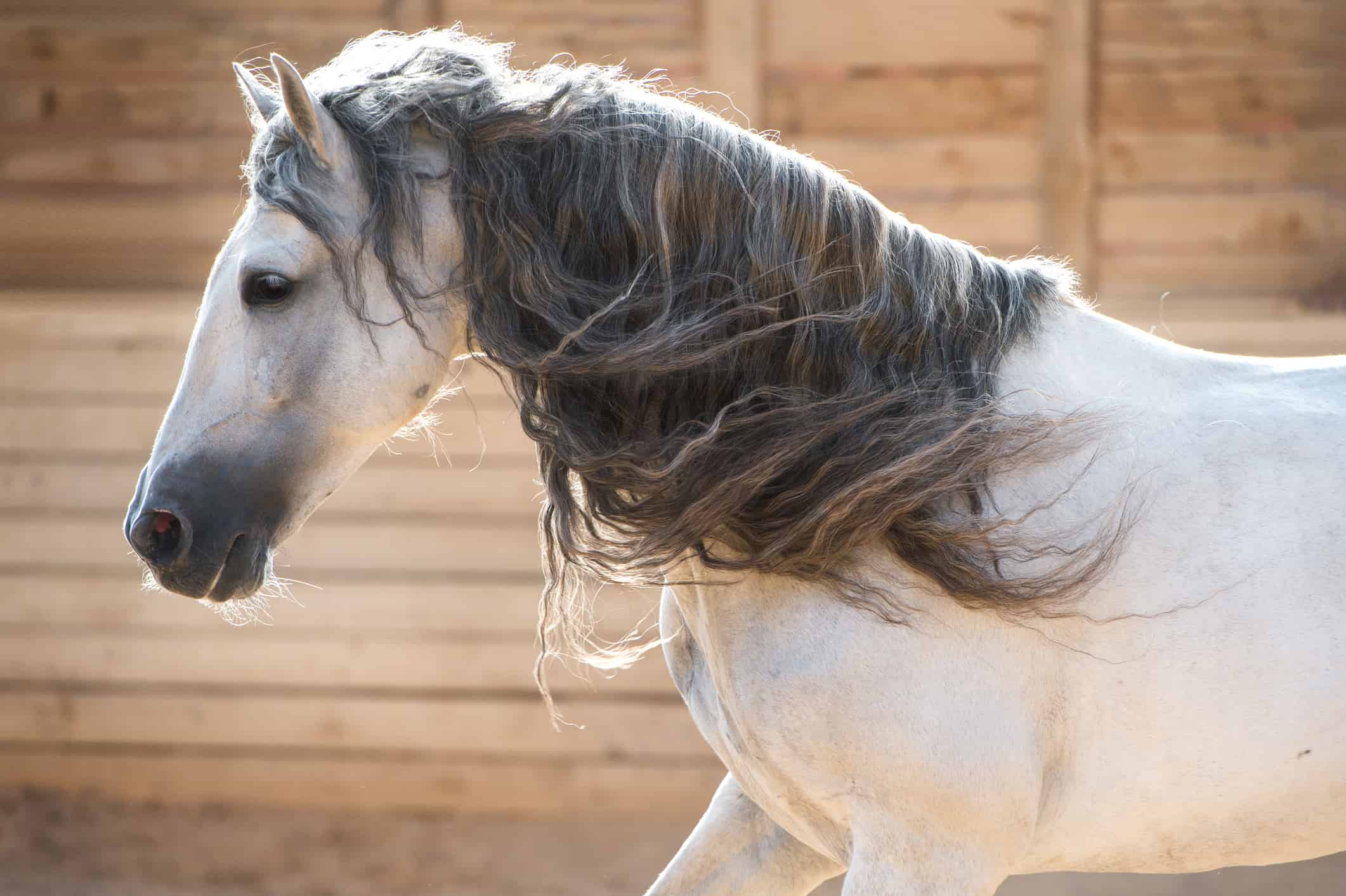Improving Genetic Diversity in PRE Horses
- Topics: Article, Breeding and Reproduction, Breeding Basics, Genetics

To combat this problem, breeders of one Spanish horse have turned to science-based management. The Pura Raza Español (PRE) horse, also known as the Andalusian in English-speaking countries, now benefits from DNA analyses across the globe through the work of a centralized team in Europe. As a result, they’ve not only revealed but also addressed genetic issues.
“The use of genomic data gives more reliable estimates of global genetic diversity and assures the application of a successful genomic selection programs,” said Marina Solé, a postdoctoral researcher at the Swedish University of Agricultural Sciences in Uppsala and a member of the Spanish MERAGEM research group. “Advanced genomic technologies provide long‐term genetic gains while also mitigating inbreeding increases, especially in small subpopulations.”
PRE History
Spanish breeders developed the PRE hundreds of years ago, and it became recognized as an official breed in the 16th century. Appreciated for its classical mix of powerful musculature and elegance, the breed gained popularity outside Spain, and the country authorized horse exports in the 1960s. However, these exports led to subpopulations with smaller gene pools, and in Spain the risk of inbreeding increased as breeders showed strong preferences for specific bloodlines
Create a free account with TheHorse.com to view this content.
TheHorse.com is home to thousands of free articles about horse health care. In order to access some of our exclusive free content, you must be signed into TheHorse.com.
Start your free account today!
Already have an account?
and continue reading.

Related Articles
Stay on top of the most recent Horse Health news with

















